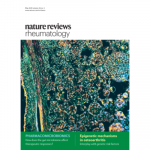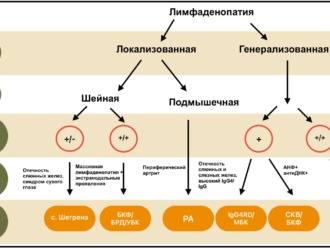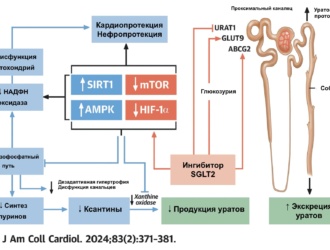 Gout is the most common inflammatory arthritis and occurs when hyperuricaemia, sustained elevation of serum urate levels resulting in supersaturation of body tissues with urate, leads to the formation and deposition of monosodium urate crystals in and around the joints.
Gout is the most common inflammatory arthritis and occurs when hyperuricaemia, sustained elevation of serum urate levels resulting in supersaturation of body tissues with urate, leads to the formation and deposition of monosodium urate crystals in and around the joints.
Recent reports of the prevalence and incidence of gout vary widely according to the population studied and methods employed but range from a prevalence of <1% to 6.8% and an incidence of 0.58−2.89 per 1,000 person-years. Gout is more prevalent in men than in women, with increasing age, and in some ethnic groups.
Despite rising prevalence and incidence, suboptimal management of gout continues in many countries. Typically, only a third to half of patients with gout receive urate-lowering therapy, which is a definitive, curative treatment, and fewer than a half of patients adhere to treatment. Many gout risk factors exist, including obesity, dietary factors and comorbid conditions.
As well as a firmly established increased risk of cardiovascular disease and chronic kidney disease in those with gout, novel associations of gout with other comorbidities have been reported, including erectile dysfunction, atrial fibrillation, obstructive sleep apnoea, osteoporosis and venous thromboembolism.
Discrete patterns of comorbidity clustering in individuals with gout have been described. Increasing prevalence and incidence of obesity and comorbidities are likely to contribute substantially to the rising burden of gout.
Mats Dehlin, Lennart Jacobsson, Edward Roddy Affi
Review Nat Rev Rheumatol. 2020 Jul; 16 (7): 380−390
PMID: 32 541 923
DOI: 10.1038/s41584−020−0441−1






